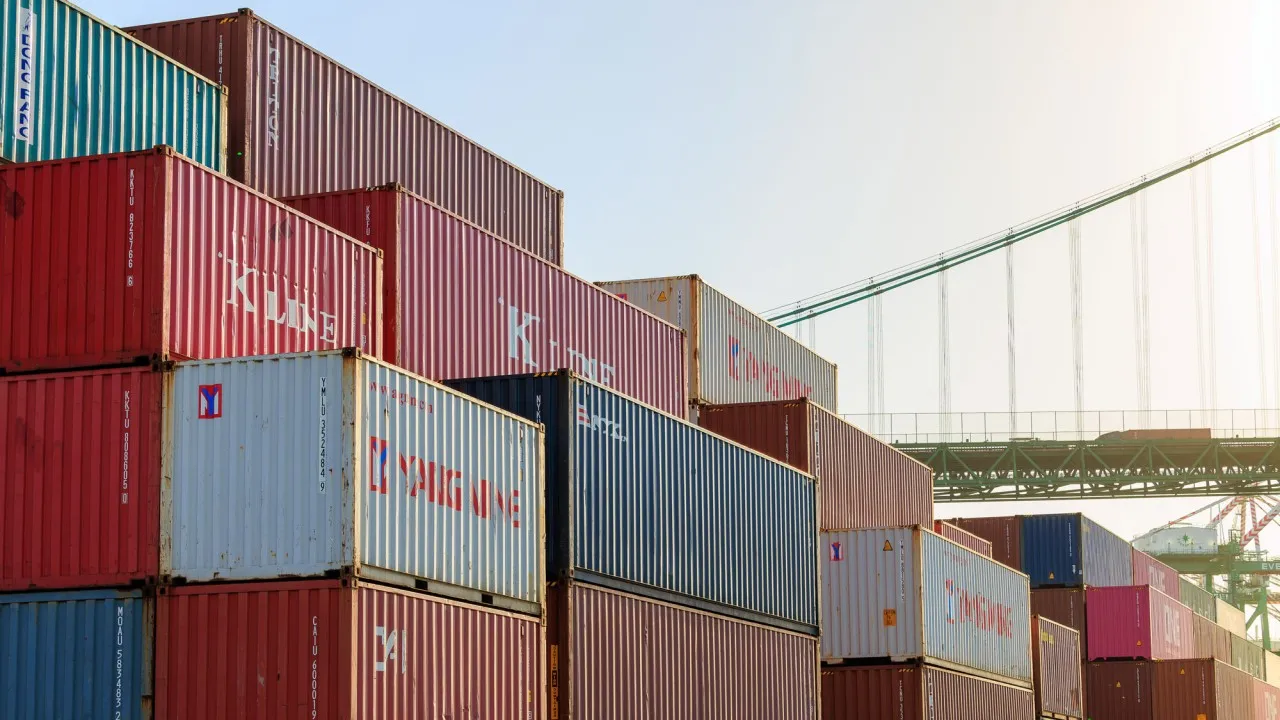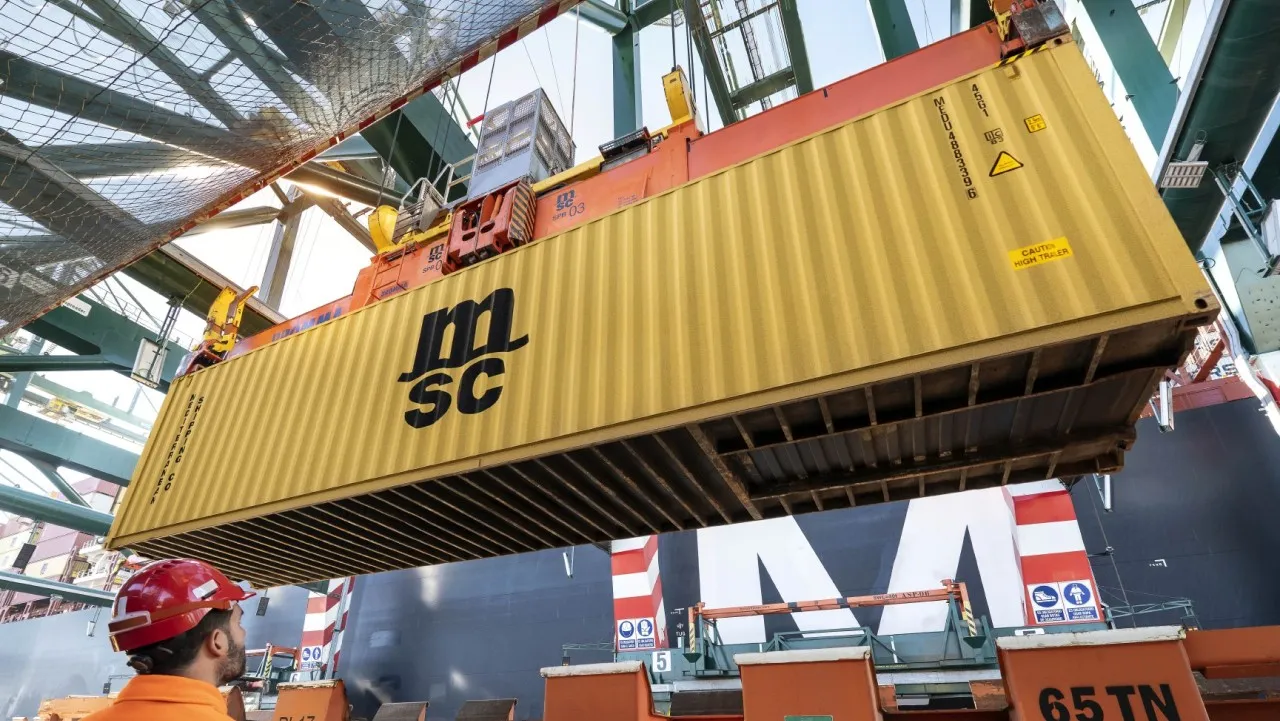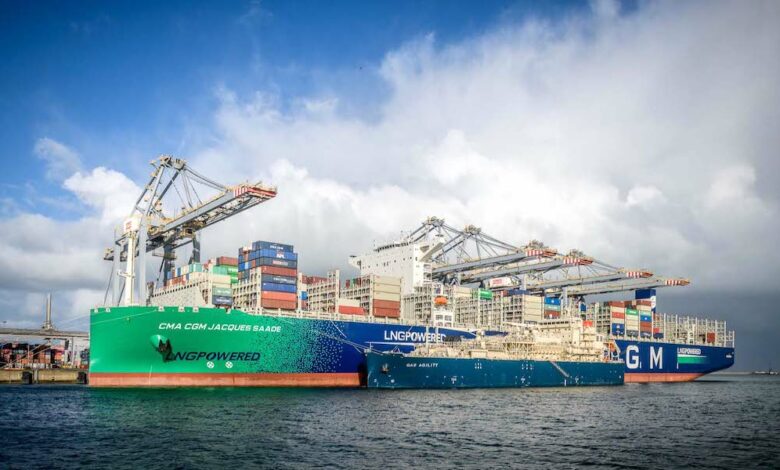Seatrade Maritime: China-India axis is key to new economic order
India’s booming economy could become a safe haven for Chinese exports as US tariffs stifle trade and reshape supply chains while China’s domestic market stutters from falling trade.
According to James Hookham, director at the Global Shippers’ Forum (GSF), Xi Jinping is looking for new markets as US tariffs hit imports, with further uncertainty caused by delayed additional tariffs on Chinese goods.
“Chinese tariffs have been kicked down the road again, towards the end of the year and with no resolution there, shippers are uncertain whether to ship goods to the US or whether to wait and see,” said Hookham.
He added that a look at Modi with Xi Jinping in China may suggest to the Republican party that “kicking your closest allies in the shins may not be the best policy.”
GSF is expecting to see an increasing number of blank sailings as demand and capacity shift significantly out of sink, but the realignment of trade will depend on Chinese salespeople and how fast they can find new markets.
Following the announcement of reciprocal tariffs last month, shippers are currently weighing up whether it is still viable to trade with the US. “The market is finding its new level,” explained Hookham, who expects that process to continue at least until the end of this year and most likely into next year, while US prices stabilise at a higher level.
Related:CIMC maintains container business growth in H1
Xeneta chief analyst Peter Sand agrees that the India/China axis is critical to a new economic order, not controlled by the US, and will be a driver of new trades or boosting existing trades, but he believes that European demand will remain stable.
Taiwan-based forwarder Dimerco commented in its September report: “US import volumes are expected to drop by 5.6% in 2025, with containerised imports from September to December projected to fall 19–21% compared to last year.”
Charter market indications are that carriers are continuing to demand capacity, even in the face of plunging spot rates, but Sand believes that the charter rate levels are declining, while the period of a charter is increasing, a view confirmed by broker MB’s charter index.
The index shows charter periods of eight months in late 2023, doubling to around 16 months for 2024, followed by a steep increase to over two years on average in August this year.
Sand explained that while capacity is at an all time high so is demand; finding markets for these vessels is not proving a problem at the moment, even though, for example, Asia to USEC rates are falling demand remains high.
However, changes to the global container market are coming and have been on the cards for some years, and India and China will be the driver of those changes.
Related:CMA CGM launches Kilima service connecting Asia to Africa
Sand believes that with many ports in India can take sizeable ships, but it maybe that carriers will use smaller tonnage to service the Indian market as China diversifies.
Related Posts




